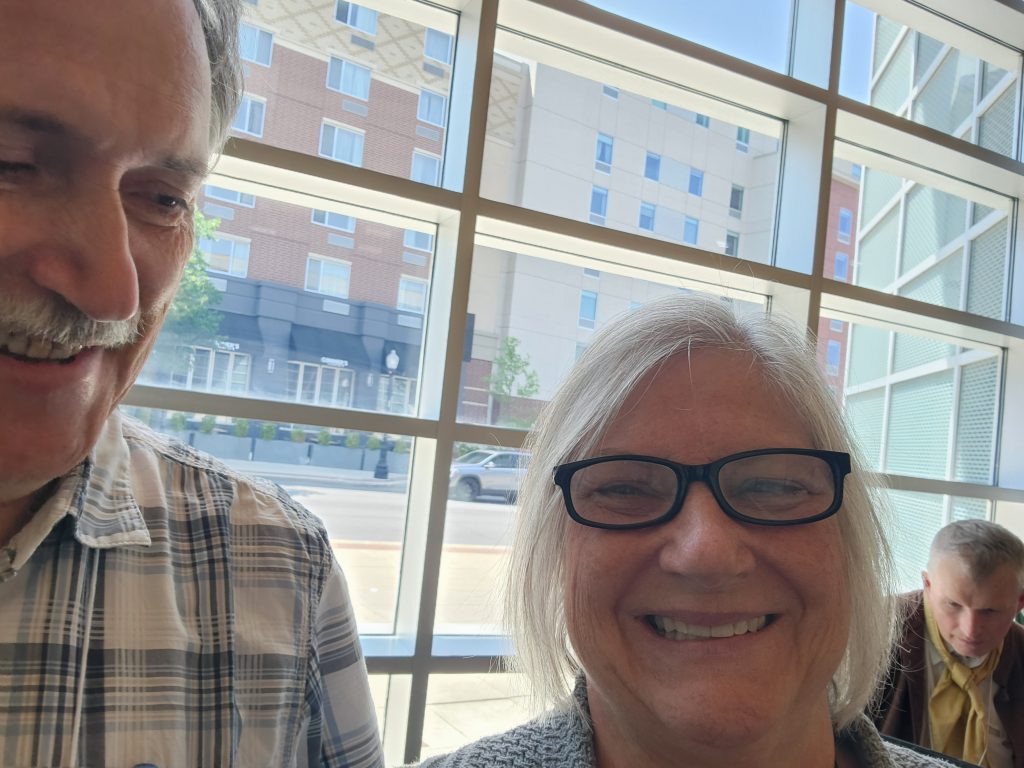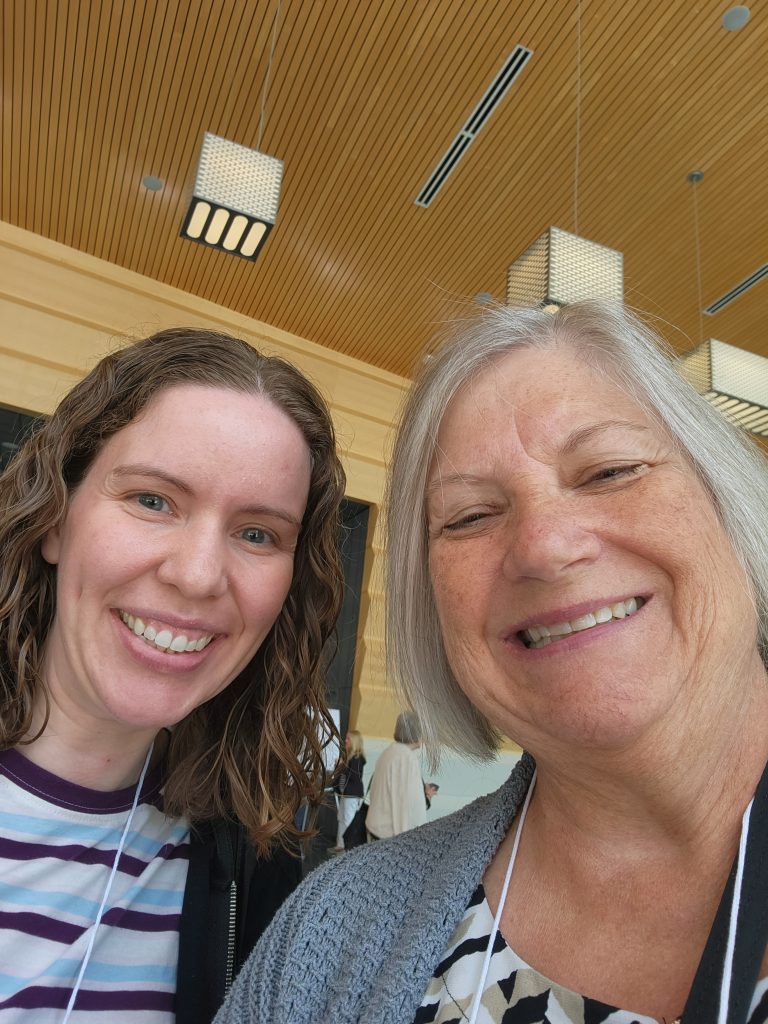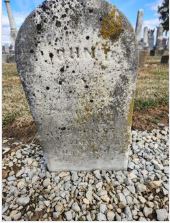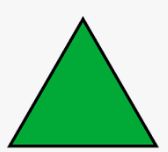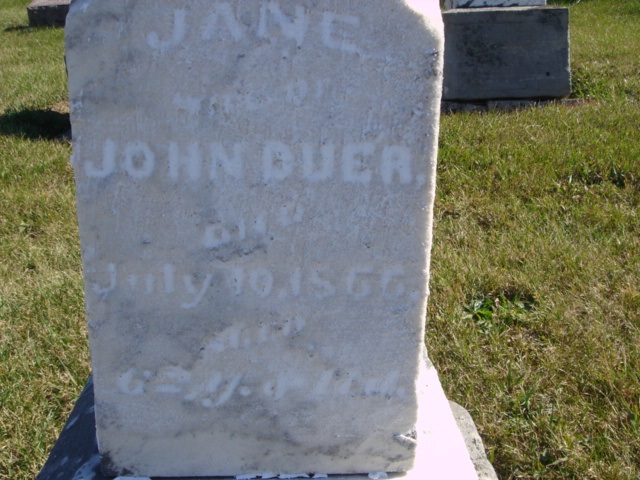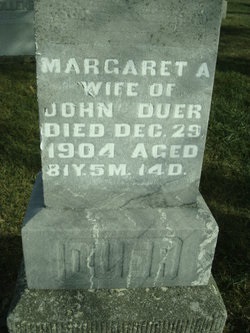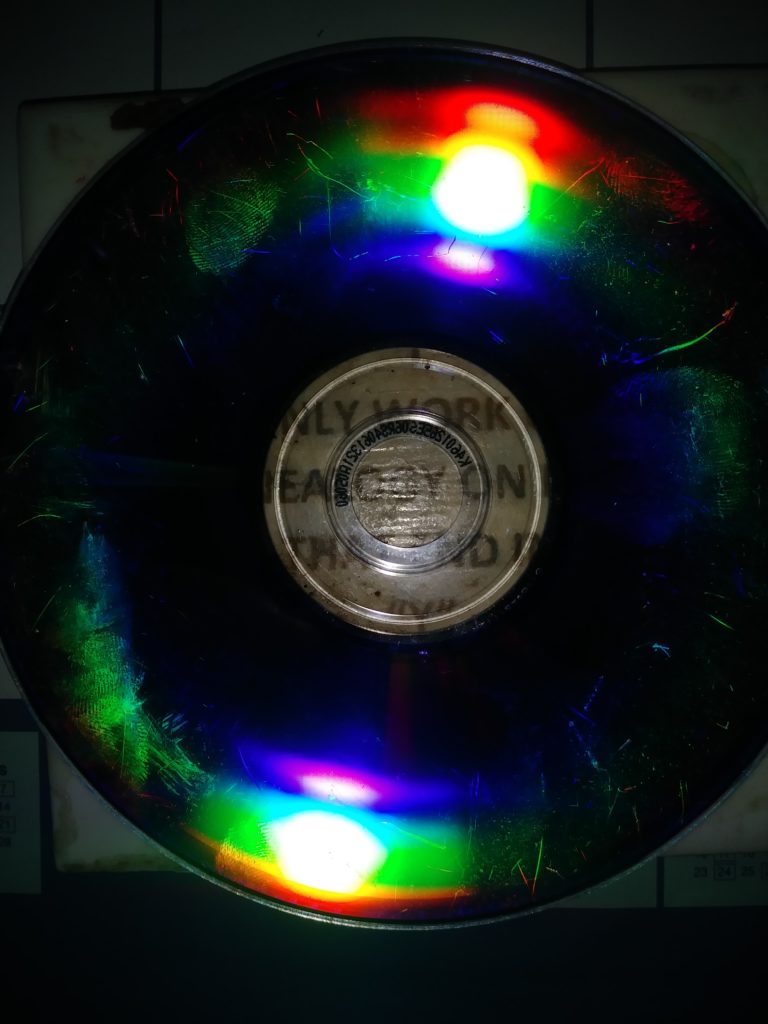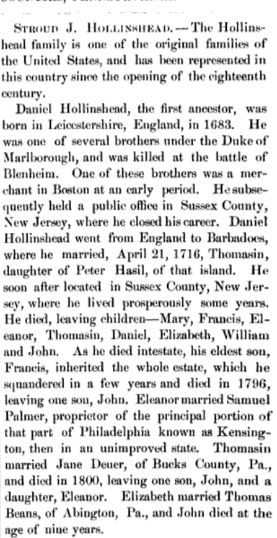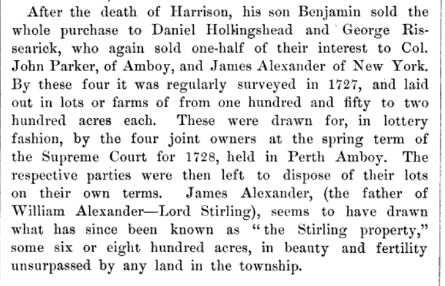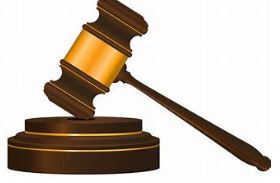
Last week I mentioned I had gone Boots on the Ground to Mercer County, Ohio to try to uncover some family mysteries I had – where John Duer and the Landfairs were buried. Although I got closer, I hadn’t found the location yet.
I decided after spending the day in the library to stop by the courthouse to see if I could solve some other mysteries. The first was to try to pin down when Great Uncle Charlie Landfair left Mercer for Adams County, Indiana. He is my black sheep uncle and I am just intrigued with the things that man got away with. I am contemplating writing a book but I am far from extensive research for that.
I could tell by the looks on the 3 clerks’ faces how they felt when I showed up at 3:15 pm on a Friday afternoon asking for a divorce record I wasn’t sure existed for Charles and Rebecca Landfair sometime between 1885 and 1890. The clerks silently looked at each other so I volunteered that a crazy genealogist just had to show up late on a Friday afternoon, right?!
One clerk laughed and added that she was just getting ready to leave. That left two, neither of whom was excited about this task. The youngest got an old index from a backroom and began to look for a Landfair record. I was peeking over the counter and realized quickly she had the wrong volume. I knew this because I spied my great-grandmother’s name and the record I was searching for was 30 years earlier. I asked what years the volume contained and she told me to 1890. I then told her that wasn’t the right book. She turned to the front but no date was written. Ignoring me, she continued searching for the name.
The other clerk had heard me and asked how I knew it was the wrong volume. I replied my great-grandmother‘s name led me to believe this was a volume from about 1909. The second clerk told the younger clerk to go back and check the closet. Yep, here comes the correct volume, and Uncle Charlie was found quickly.
His name in the index was found quickly there was a new issue and that was no one wanted to go into the basement to retrieve the documents. From the numbers listed, it appeared that there were a lot of documents. I offered to leave my name, phone, and address in case they wanted to do this the following week but it seemed to me they never wanted to do this. I get it; if you aren’t a genealogist why in the world would you want to climb around a dusty dark basement to find a 130+-year-old piece of paper?
The second clerk informed the younger clerk where the documents would be in the basement and she reluctantly left. Meanwhile, the second clerk asked me why I wanted the documents.
I told her that, as a genealogist, I was fascinated with the man. I knew where his horses had been buried as he had special coffins made for them but he never bothered, as a physician, to fill out a death certificate for his second of four wives. He had gone to prison for malpractice but then been pardoned by a governor. He was a nasty alcoholic who happened to walk out of jail once and no one went after him, figuring it was safer to let him sleep it off wherever he went and bring him back in the following day. He claimed to have completed medical school in Cincinnati but even the state of Indiana felt that never occurred yet they continued to let him practice. And boy, did the townsfolks love him. He had a large and thriving practice.
By this time the young clerk had returned with no papers. She had a blank look on her face and kept repeating, “It’s a mess.” I assumed she meant the basement but it turned out she meant the court case. After repeating “It’s a mess,” several times she shook her head and said she’d have to give it to me at some later date. I then left my contact info.
As I left I asked if the courthouse held tax records between 1850-1860 as I wanted to find out when John Duer and family arrived. None of these records are online. I was told that microfilm was made years ago but they are held in Pennsylvania and no one can access them. The clerks told me to ask in another office.
I went downstairs and found the clerk with her head in her hands at her desk. I told her what I wanted and she asked why I needed the records. After explaining she said, “But they’re in the basement.” Here we go again…
She did agree to allow me to go down with her after obtaining the key from another room.
The basement was the neatest, cleanest basement I’ve ever been in! Metal shelves line the walls and down the center. There is adequate lighting. The maintenance man had a neat workroom there, too.
This clerk took me over to the north wall and pointed to a set of books marked Duplicates. She said they would contain a duplicate property record as the bill is due in April, say 1850, but the assessment was made in fall 1849. If the property was paid on time then it was denoted in the Duplicate books. She tugged at a volume, ripping part of the spine. I suggested we pull a volume out from the end of the shelf. Once it was out she told me she didn’t know how I was going to page through and I asked if I could take the volume to a table we had just passed. She hadn’t noticed it. We walked to the table, and she said, “Good luck” and quickly left.
I didn’t find the Duers but I found several other ancestors listed and took as many photos with my phone as I could before the battery died. I had taken way too many pictures that day at the library!
By the time I left the basement, she was not back in her office so I couldn’t thank her. What a treasure trove that basement was! I will definitely be back but next time I’m bringing hubby and a back up camera. So many ancestors, so little time.
And those divorce records…two weeks later I got a call that they found them but they couldn’t figure out how to copy them. I asked how they copy them for others and was told no one has ever asked for a copy before. I knew that wasn’t true as I had asked for my great-grandmother’s records several years ago. I suggested that they turn the book on the copier and get half a page at a time.
Later that day I got a call from another clerk in accounts who asked me for a credit card to charge my record request. I gladly gave her the numbers.
Keeping my fingers crossed that the documents arrive soon!


